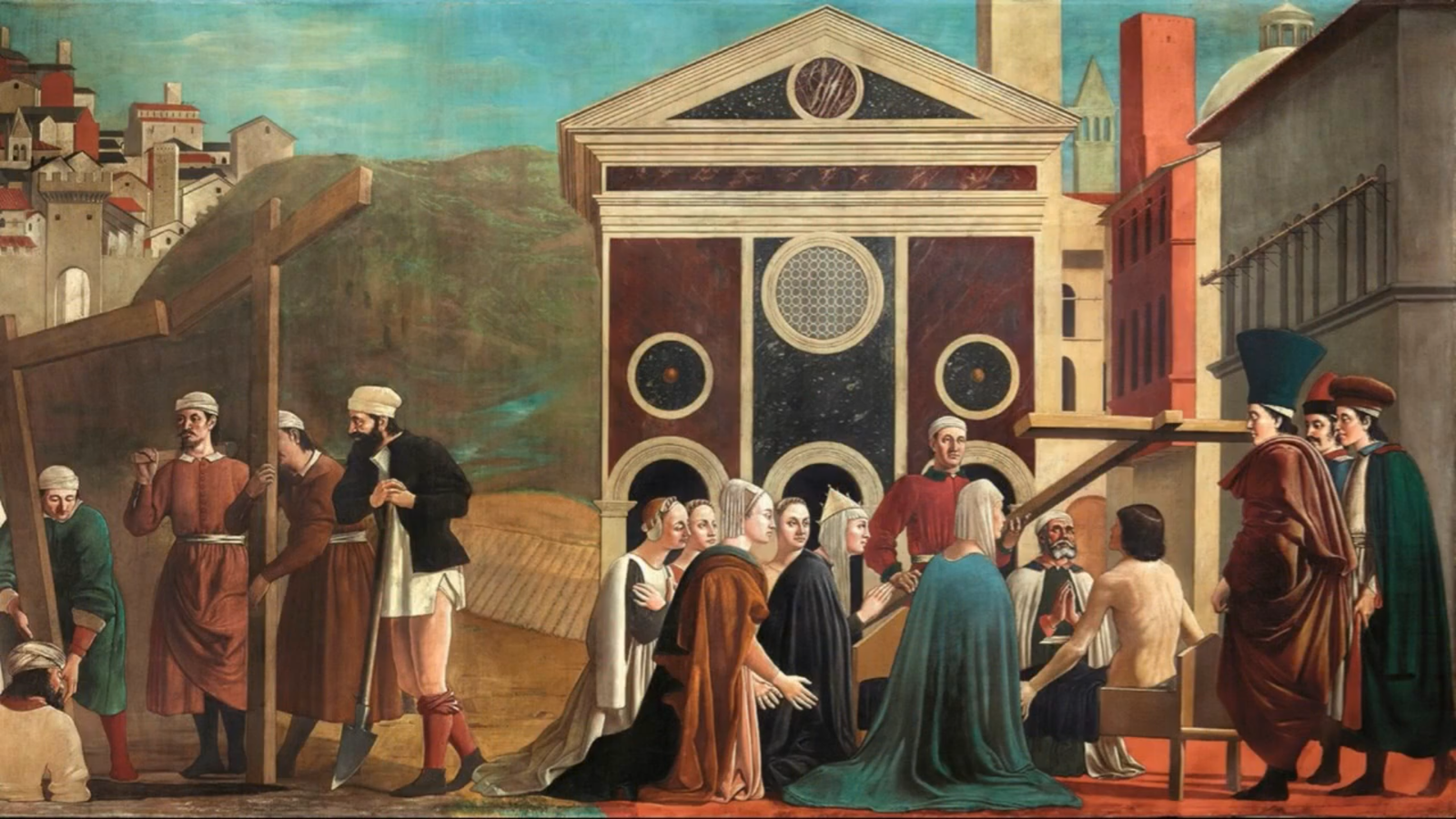"Masks of Holiness: Exploring Hypocrisy and Irony in The Decameron’s First Tale"

Introduction:
Giovanni Boccaccio’s Decameron begins with tales that explore the complexity of human nature, blending humor with serious moral questions. One of the most memorable and ironic is the story of Ser Ciappelletto (Day 1, Tale 1), a man known for his deeply immoral life who, through deception, is venerated as a saint after his death. This tale sets the tone for much of The Decameron, highlighting themes such as hypocrisy, the power of appearances, and society’s tendency to value image over truth. While entertaining, it also prompts critical reflection on faith, virtue, and the ease with which people can be misled by false displays of goodness.
Summary:
Ser Ciappelletto is a notoriously dishonest man—a liar, swindler, and criminal—who falls gravely ill while staying with two Florentine merchants in Burgundy. Afraid of scandal if he dies unconfessed in their home, the merchants call for a priest. Knowing he cannot confess truthfully, Ciappelletto fabricates a false confession, pretending to be a model Christian who has only committed the most trivial sins. The priest is so moved by the confession that he declares Ciappelletto a saint. After his death, the people of the town begin to revere him, completely unaware of the truth.
Analysis:
This tale is rich in irony and sharp social commentary. Boccaccio opens his collection with a story that satirizes religious institutions and human gullibility. The fact that such a deeply corrupt man is not only believed but celebrated for his false virtue underscores how easily appearances can overshadow truth. Boccaccio’s choice to begin The Decameron this way is no accident—it prepares readers for a series of stories that question traditional moral judgments.
Ser Ciappelletto is a fascinating character, not because of his moral failings, but because of his daring and wit. On the brink of death, he manipulates the very institution meant to expose sin. What’s more, his deception brings peace to the priest, relief to the merchants, and comfort to the community. This raises a provocative question: if a lie leads to good outcomes, is it still wrong? Or is the real danger in the system that rewards image over substance?
Rather than condemning Ciappelletto outright, Boccaccio leaves the judgment to the reader. Some may view him as a clever trickster who exposes the flaws of a rigid moral system. Others may see him as a warning against false piety and the blind acceptance of reputation as truth.
Personal Response:
This story made me laugh, but it also challenged me to think more deeply about how we judge others. I was struck by how quickly the community accepted Ciappelletto’s sainthood, based solely on a few convincing words. It reminded me of how, even today, people are often admired or trusted because they appear virtuous, not because they are. Boccaccio seems to be reminding us to look more critically at the people we put on pedestals and to question the systems that allow deception to flourish.
Conclusion:
The tale of Ser Ciappelletto is a brilliant and provocative introduction to The Decameron. Through humor and irony, Boccaccio explores the themes of deception, reputation, and moral ambiguity. By presenting a criminal as a saint, he forces readers to confront uncomfortable truths about how easily society can be misled by appearances. Even centuries later, this story remains relevant, offering a timeless reflection on the gap between who people are and how they are perceived.







